What next for Brand Bangladesh?
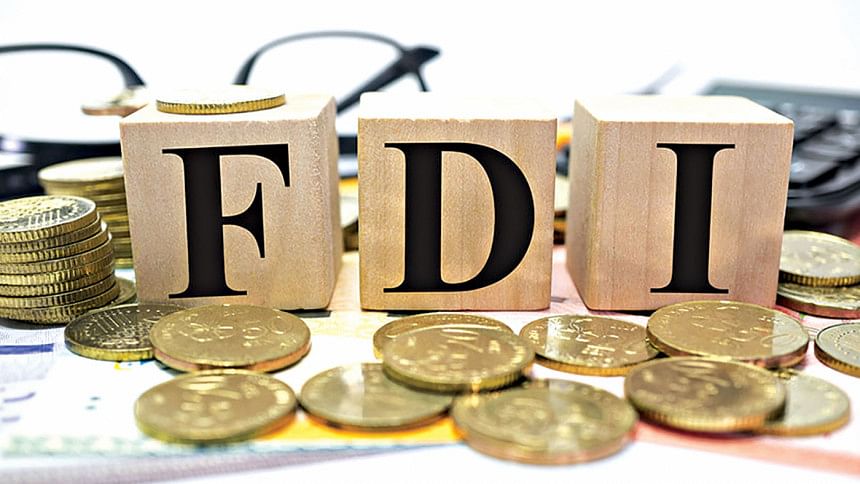
Bangladesh is a nation on the rise. Over the last decade, we have witnessed a remarkable transformation in our economic, social and political spheres, overcoming challenges such as poverty, natural disasters, political instability and security threats. We have achieved sustained economic growth, averaging 6.5 percent annually over the past decade—one of the few economies in the world to have retained our growth trajectory in the face of an unprecedented pandemic—and have made significant progress in human development indicators, such as education, health and gender equality.
Bangladesh has also enhanced its regional and international connectivity, participating in various trade and investment agreements, such as the South Asian Free Trade Area (SAFTA), the Bay of Bengal Initiative for Multi-Sectoral Technical and Economic Cooperation (BIMSTEC), and the Belt and Road Initiative (BRI). With macroeconomic stability, strategic location, large domestic market and demographic dividend, Bangladesh is an oasis of growth in the world that is facing increasingly turbulent headwinds. Why then are we lagging behind our peer economies in terms of attracting foreign investment?
THE INVESTMENT DECISION
When assessing an investment destination, we typically assess an opportunity through the prisms of stability, productivity, consistency in terms of policy framework, sustainability, and maturity of circular economy. Bangladesh has made significant strides in each of these areas over the last decade, yet since net FDI inflow peaked in 2015, we have not been able to maintain the same buoyant trajectory. Given the vital role FDI plays in the development of an economy, and in the backdrop of current foreign exchange volatility impacting our economy, this merits some introspection.
While there are areas of improvement that often do the rounds in these conversations, such as the need for a comprehensive FDI policy, updating the Foreign Exchange Regulation Act, and revitalising existing taxation and VAT policies, there is more to this story than just the objective measures. Despite stellar progress across many socioeconomic metrics, despite strong domestic consumption and the promise of high returns and despite showcasing its resilience in the face of adversity time and again, Bangladesh continues to be regarded as one of the best kept secrets of Asia. The question then becomes: has Bangladesh the brand been able to keep pace with Bangladesh the nation and Bangladesh the economy?

In a globalised world, a country's brand is a powerful narrative that encapsulates the economic, social, and cultural ethos of a nation. For investors, this brand becomes a key determinant in investment decisions. A strong country brand acts as a lighthouse, signalling a robust economy, a skilled workforce, and a stable political environment, all of which Bangladesh can lay claims to. It's a beacon that attracts foreign direct investment, fostering innovation and growth. As the Managing Director of a leading MNC, I can attest to the magnetic pull of a strong country brand. It is the silent ambassador of a nation, opening doors to global opportunities and partnerships.
THE EVOLUTION OF BRAND BANGLADESH
The narrative arc of Brand Bangladesh has taken many twists and turns over the past five decades. Rising from the ashes in the 1970s, the country started its journey with an economy devastated by war and exploitation.
The task of rehabilitation and reconstruction was immense, and the fertile alluvial plains of Bangladesh, once a breadbasket of South Asia, came to be regarded as a basket case. With Bangladesh in its infancy, after its birth by fire, in the decades between 1970 and 1990, FDI inflows remained at a minimum. The narrative shifted in the mid-90s, with demonstrable evidence of the success of the export-oriented RMG sector, and FDI flow started to rise mainly in RMG, alongside the energy and power sector. Brand Bangladesh made a mark for itself as a cost leader on the world stage.
In the 2000s, Bangladesh made significant strides in economic development. The GDP growth rate reached impressive levels, and poverty reduction performance was among the best in the world. With a developing domestic market and favourable access to world markets, the nation saw major surge in FDI in sectors such as telecommunication, banking and in RMG and textile. The brand narrative consolidated around the central theme of cost leadership, ready for its next step up the ladder.
Since 2009, the country's economy took off. In the 12-year period between 2009 and 2021, our GDP multiplied over 3.5 times. It again demonstrated its resilience, outperforming world economies despite external shocks such as the 2008 financial crisis and the unprecedented Covid-19 pandemic. The country's export sector demonstrated its commitment towards sustainability, accounting for half of the world's top 100 LEED certified green industrial units.
Yet, the next step for the brand narrative has not quite materialised yet. As any marketing textbook would tell us, taking a cost position in the long run cannot be sustainable. So, what lies ahead for Brand Bangladesh?
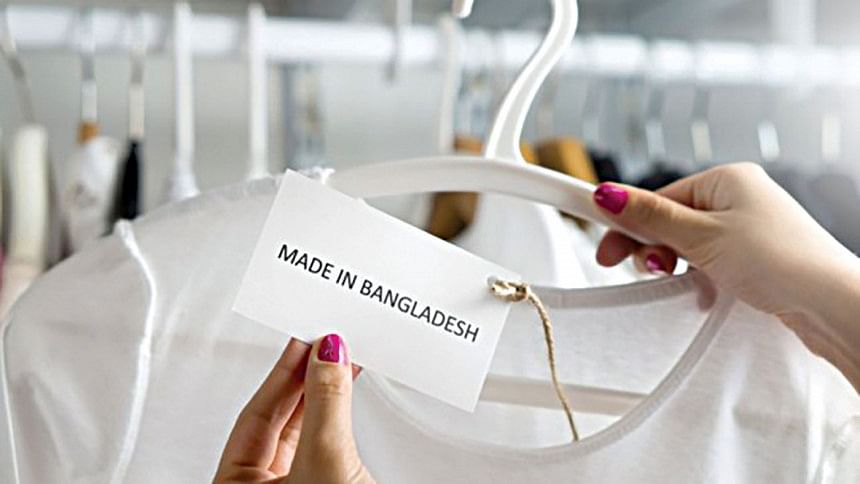
CATERING TO A WORLD THAT IS CHANGING
The EY Future Consumer Index, which is based on five rounds of research with 14,500 individuals across 20 countries since the start of the pandemic, show that while quality, convenience, and price still very much matter to consumer choice, factors like sustainability, trust, ethical sourcing, and social responsibility are increasingly gaining importance in how consumers select their products and services. Thirty-one percent of consumers surveyed are "Planet first" and "Society first", a number that is neck-and-neck with "Affordability first" at 32 percent, and over matching the "Health first" cohort at 25 percent.
Younger consumers, the growing majority, are seriously concerned with social and environmental causes, which many regard as being the defining issues of our time. They progressively back their beliefs with their consumption habits, favouring brands that are aligned with their values and avoiding those that are not. Increasingly, they are champions of fairness and social justice.
As consumers make their stand, so must the brands that serve them. If the gap between a brand and its values, and the communities it serves is too large, the brand will inevitably suffer. We see many brands today quickly realigning to the new normal, and demanding the same from their entire ecosystems. Brand Bangladesh cannot afford to dither.
The low-cost-at-any-cost approach cannot be viable for long. As the capabilities of Bangladesh's export sector mature, we must look to move up the value chain, leveraging innovation to create consumer surplus and embed environmental and social governance across the breadth of our operations. From a rags-to-riches story, the narrative must turn towards an economy galvanised by a shared purpose.
FINDING OUR COLLECTIVE VOICE
We are living in an extraordinary moment in human history. The world is facing some of the greatest challenges of the modern age—whether it is the existential risks from climate change, the social division created by rising inequality, the ever more tangible threat of regional conflicts escalating into bigger conflicts, or the rising tides of nationalism and protectionism that threaten the international cooperation that lies at the heart of progress and prosperity.
While it is easy to lose sight of it amidst the challenges and the human tragedies this is also a time of unprecedented potential. Technology continues to evolve at an extraordinary rate, accelerating change, expanding our reach to segments and enabling the development of exciting and innovative solutions that were never previously thought of. In emerging markets, massive new middle classes are rising, creating enormous opportunities. Global supply chains are realigning, creating opportunities for those that are nimble enough to capture them.
For Brand Bangladesh, it has never been more important to tell the story the audience demands. On one hand, this is an easy task—the story is right there, waiting to be told. On the other hand, the art of storytelling is never easy, and reaching a cohesive narrative to a global audience is certainly not a trivial task.
This is the task that lies ahead of us—and a task we simply must get right. Bangladesh, one of the youngest nations in the world, is still a nation in the making, fuelled be the aspirations, dreams and ambitions of a hundred and seventy million people. For us to realise these dreams and ambitions, for us to achieve our visions for our collective future, we must come together across the industry verticals, across the public and private sectors, across the communities and across every corner of our nation. Our greatest strength has been our unity and a cohesive society. We must come together, set aside our differences and find our collective voice that will carry the story of a rising Bangladesh to the world. A voice that will speak of our progress, our potential and the endless possibilities this nation promises.
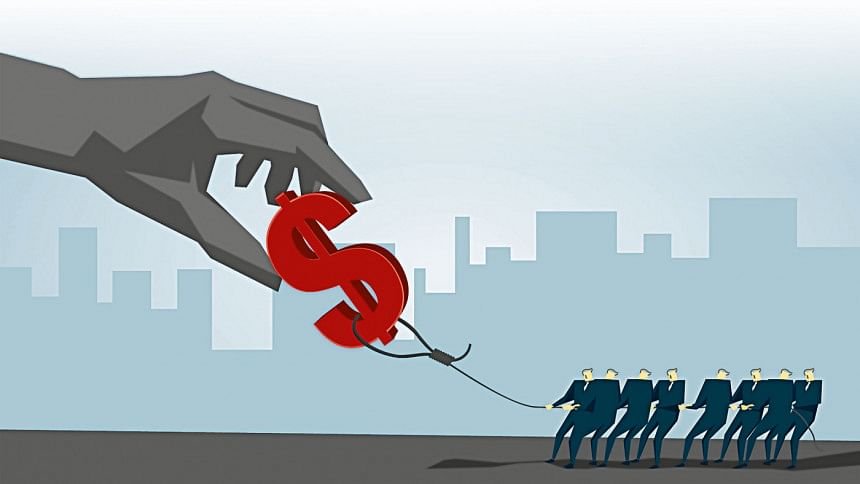

 For all latest news, follow The Daily Star's Google News channel.
For all latest news, follow The Daily Star's Google News channel. 


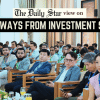

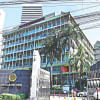
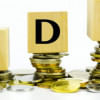

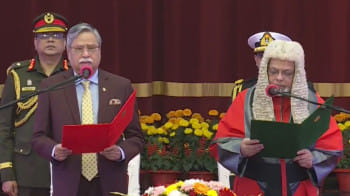
Comments